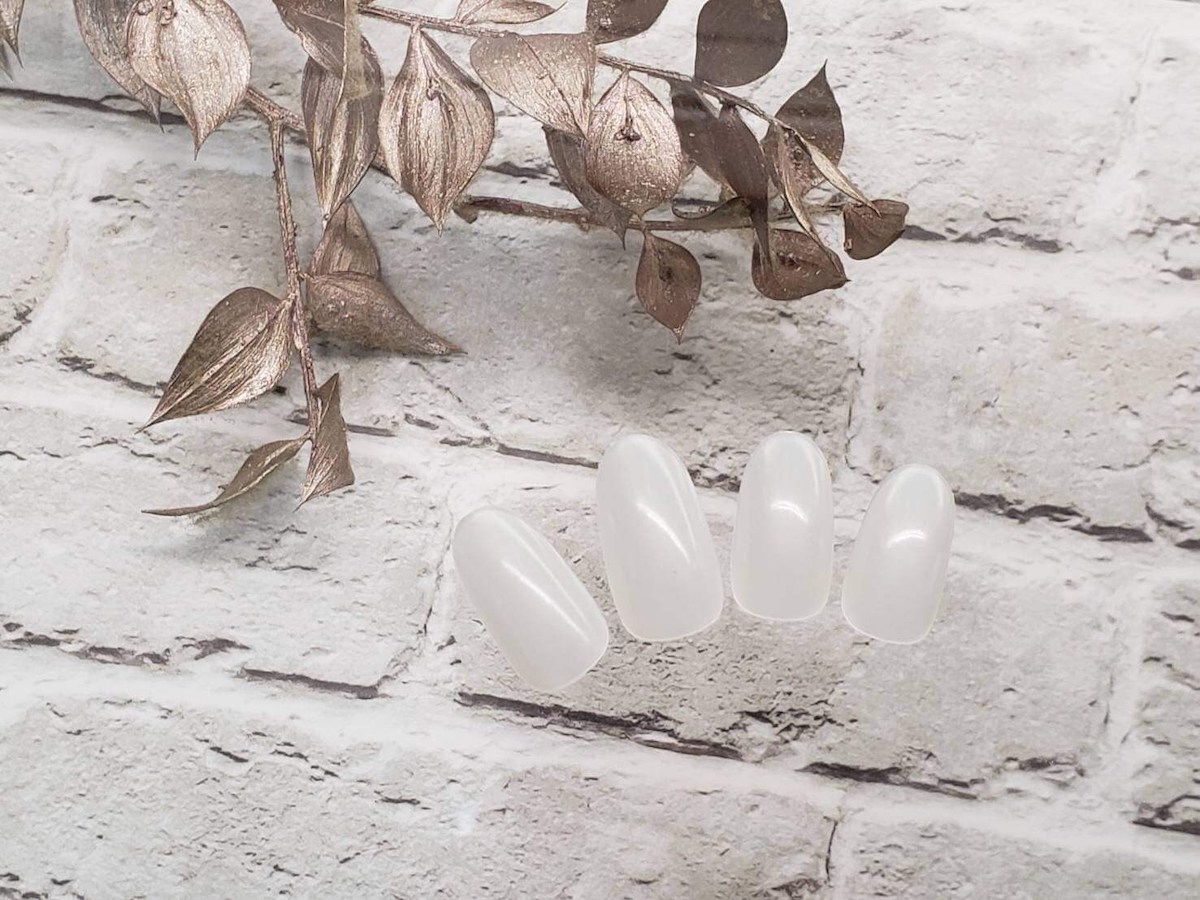
Solutions For A Sustainable Manicure
Self care can take on many forms, but the relaxing and creative outlet of an at-home manicure is one of our favourite ways to enjoy a night in of pampering. And with more high quality and eco-conscious nail care options out there than ever before, now is the time to get painting. Read on how to learn about safe and sustainable nail care swaps that you can make to ensure that your manicure and pedicure ritual not only takes care of your wellbeing, but the planet’s as well.
NAIL POLISH
The problem: Nail polish is first and foremost a form of plastic. Not only this, but it is also considered a hazardous substance. Traditional nail polishes contain ingredients such as formaldehyde, toluene and dibutyl phthalate (among many others), which are harmful to our health when inhaled. Furthermore, glass nail polish bottles cannot be recycled because any remaining polish inside is essentially impossible to remove, meaning the bottle is contaminated by hazardous materials and must be disposed of as such. In addition, caps and applicator brushes are usually made of plastic and are also non-recyclable.
The solution: In all honesty, there is no getting around the fact that nail polish is plastic. This means that the most sustainable thing you can do is not paint your nails. However, we understand that not everyone is ready to give nail painting up just like that. Instead, choose to support nail polish brands that are more conscious of their environmental footprint. One great example is Sienna Byron Bay, who make vegan, cruelty-free, non-toxic and no-microplastic-containing nail polish formulas housed in bottles that are topped with recyclable wooden lids. They also have an in-house recycling program that accepts their customers’ empty bottles and on top of all that, they are a Certified B Corp and their head office and warehouse both use 100% renewable energy.
Additionally, we would advise to avoid gel polish as it usually contains the greatest proportion of toxic chemicals, it is non-degradable and its use of UV curing has led to some questions about skin cancer. Also, when it comes time to clear out your nail polish stash, be sure to check with your local women’s and homeless shelters to see if they are accepting donations.

GLITTER
The problem: The glitter found in nail polish is a form of microplastic—it is composed of tiny particles of plastic that do not degrade and are often washed into our waterways and oceans.
The solution: Biodegradable glitters, such as those offered by EcoStardust. The brand makes glitter from a compostable, eucalyptus-based film. The glitters come loose and it is recommended that you sprinkle them onto painted nails while still tacky and then seal with a top coat.


ARTIFICIAL NAILS
The problem: Fake nails are typically made from virgin plastic and are too small to be recycled after use. Many also come with a pre-applied adhesive, perpetuating the idea that they are intended to be a single-use item as consumers are not encouraged to reapply glue to these nails to reuse them.
The solution: There is no perfect solution when it comes to fake nails unfortunately. Certainly, reusable options made of recycled plastic, such as those offered by Re-Nails, are a better alternative. They can be reused, re-shaped and repainted as desired, which is great, however these little rectangles of plastic still end up as waste at the end of the day. Green Science Alliance released biodegradable, reusable fake nails in October 2020 and while this is also a step in the right direction, these still take 10 years to actually break down completely, which is a timeline that we think could still use some improvement.



NAIL SHAPING
The problem: The most popular nail files are emery boards, which are made of sandpaper, cardboard and glue. These can often last quite a long time, however they cannot be properly sanitised and do eventually need to be thrown out when they lose their texture.
The solution: Glass or crystal nail files are both a more sustainable choice and a more sanitary one. They can be reused indefinitely and can be cleaned easily with warm, soapy water. They also tend to be gentler on your nails than emery boards, so they’re really a win-win-win.
REMOVAL
The problem: Many nail polish removers are acetone-based. This makes them very effective at dissolving and removing polish, but at the expense of stripping your skin and nails of their natural oils to cause dryness and brittleness. These removers are also often paired with single-use cotton rounds, which, like all cotton products but especially single-use ones, have an extremely large water footprint.
The solution: Natural, acetone-free nail polish removers have become much more popular over the years as consumers have recognized the damage wrought by acetone on their cuticles. The formulas from Kure Bazaar and Priti NYC are cult favourites, and these both happen to be vegan and cruelty-free options as well. A little more patience is required with non-acetone removers, however your nails will thank you for it.
Reusable nail polish remover pads are available in a variety of different materials. Cotton seems like an obvious choice, but once again, cotton crops are one of the most water-intensive to grow. Bamboo pads like those by Tabitha Eve are a good alternative, or even a scrap piece of textured fabric you have laying around would work.
One more out-of-the-box suggestion is to try a peel-off nail polish base coat, like the UNT Ready For Takeoff Peelable Base Coat. This product does not damage the nails and does double duty as both a base coat and a removal-facilitator. Even better? Each nail’s polish can be peeled off in a single, satisfying piece.
+ Words: Dorice Lee
Luxiders Magazine Contributor








